Our trade secret!
- Home
- Our Expertise
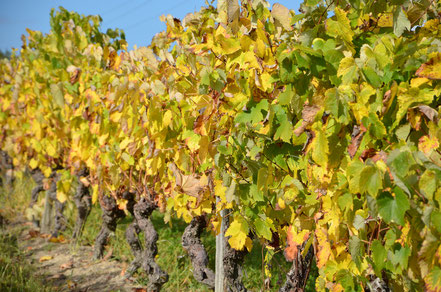
First stage :
The work of the vines and grape varieties
At the domain of Luquet, the 4 grape varieties that are Colombard, Ugni Blanc, Folle Blanche and Baco Blanc were used. After many years, the latter was preferred: very robust, it requires little treatment.
It is also particularly suited to the tawny sands, typical of the appellation. A good Armagnac is born above all from a good choice of grape variety and its adaptation to the characteristics of the soils of the property.
Then, second step :
... it's time for the harvest!
The harvest takes place every year between mid-September and mid-October, depending on the amount of sun received by the vines.
The harvested grapes are then pressed and the juice naturally begins its fermentation.
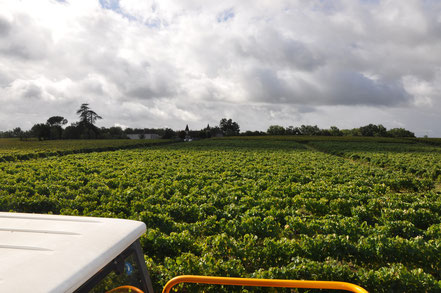
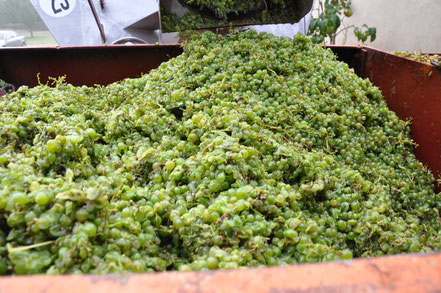
Third step :
The vinification, respecting traditions.
At Domaine de Luquet, vinification is carried out in a completely traditional and natural way: the sulfurization of the wine and chaptalization are prohibited.
This stage lasts 1 to 2 months. In accordance with local practice, the “fine lees” are kept, they will bring the bouquet and the fat to the future brandy. The ideal wine for distillation should have good acidity and a low alcohol content.
Fourth step :
Distillation and the "Flame of Armagnac"!
As soon as the fermentation is finished, “when the wine stops singing”, the distillation can start. It is practiced during the winter, around the months of November-December. This period gives rise to festive events: the “Flame of Armagnac” throughout the region.
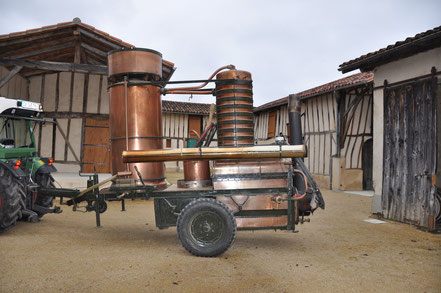

At the Domaine de Luquet, the distillation takes place at the property which hosts the traveling still for the occasion. He sets up in the early morning for a distillation which is done continuously in an Armagnacais still, with simple heating. It is a still very specific to this brandy, which fully participates in giving personality to the Armagnac.
The wine distilled in the still comes out in the form of white brandy at 52 ° minimum.
And finally the final step (the one we prefer):
Aging without forgetting the part of the angels!
As soon as it comes out of the still, the Armagnac is aged in 420L oak barrels, also called “pieces”.
It is initially placed in new rooms, where it will stay for 2/3 years or more, until the moment when the dissolution of the wood materials is considered satisfactory.
It is then transferred to older barrels, having already been used (for the aging of Armagnac of course). In these barrels, evolution and exchanges continue, which allows the aromas to develop and refine.
During aging, the alcoholic degree gradually decreases by evaporation of the alcohol, which is called “angels’ share”. It should be noted that Armagnac no longer ages once it is taken out of the barrel and therefore bottled.
Note: Armagnac keeps well in the bottle, care must be taken to leave the bottle upright, so that the alcohol does not reach the stopper, and protected from light.
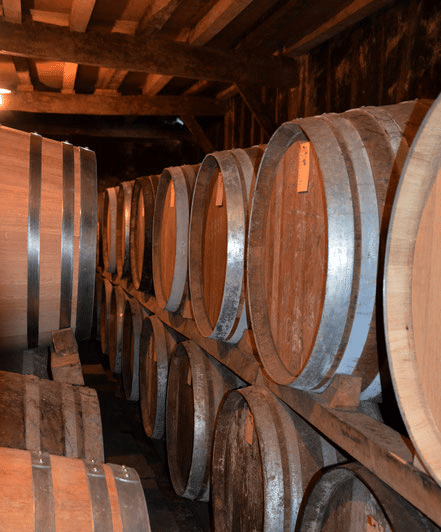
it's also Blanche Armagnac
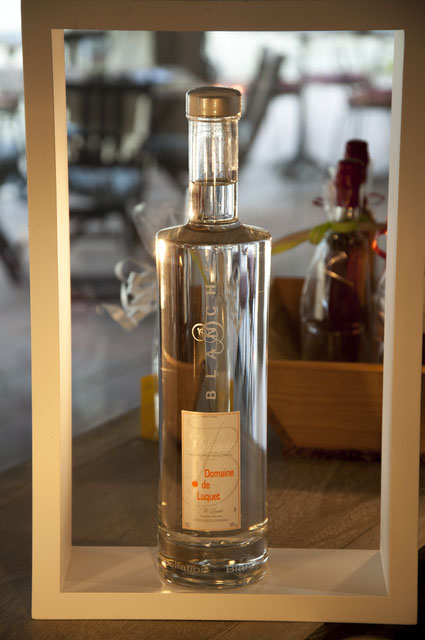
BLANCHE ARMAGNAC, a new A.O.C, is a traditional brandy from the Pays d’Armagnac brought to light by the will of the producers.
Specific vinification methods and an adapted distillation, to a higher degree than for Armagnac, make it possible to produce an eau de vie selected for its finesse, its particular fruity and floral aromas.
Maturation (minimum 3 months, but often much longer) is used to work, aerate the brandy, temper its original ardor and reveal its aromatic richness and roundness.
In order to preserve its aromas and its crystalline appearance, it is kept in a glass bottle or stainless steel tank.
Finally, a unique case in the world of AOC eaux-de-vie, it is compulsory approval per batch (with sampling, analysis and tasting by a jury of experts) which authorizes marketing and guarantees product conformity and quality.
At the same time rich and elegant, powerful and round, it lends itself to new modes of consumption, through original and very aromatic cocktails.
It also goes well with caviar, smoked fish, exceptional cold meats (black pork from Bigorre for example), foie gras in terrine or pan and many desserts (lemon tart, pear tart, etc.).

